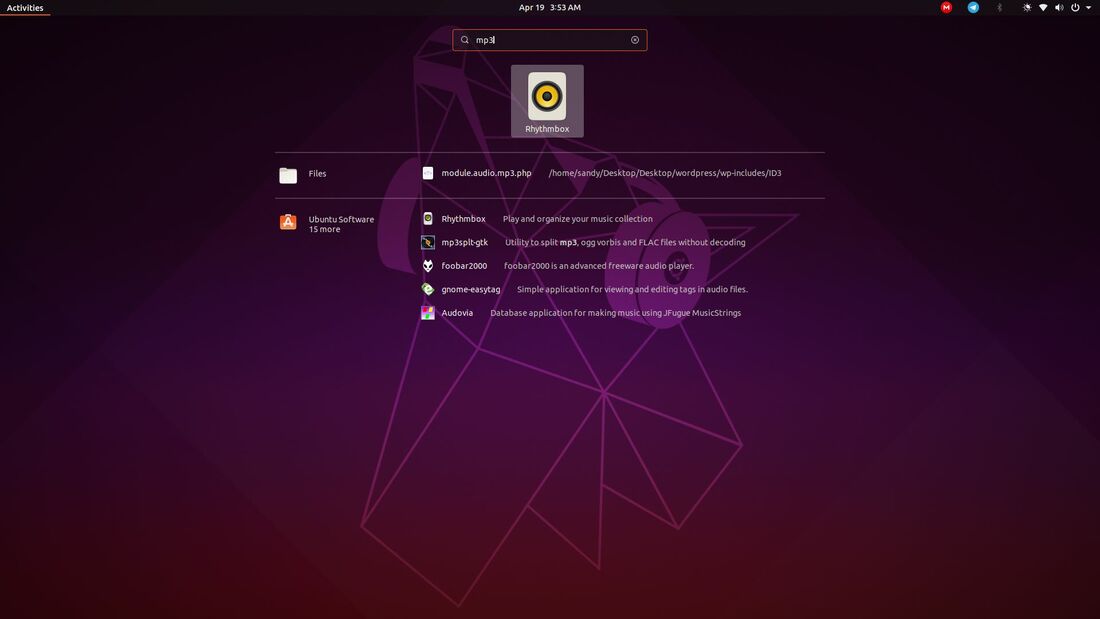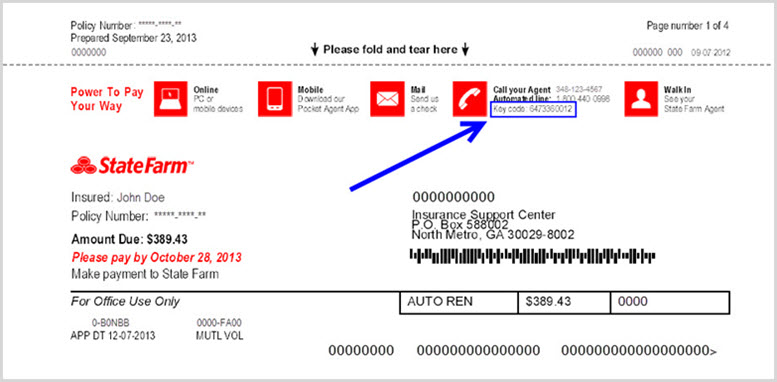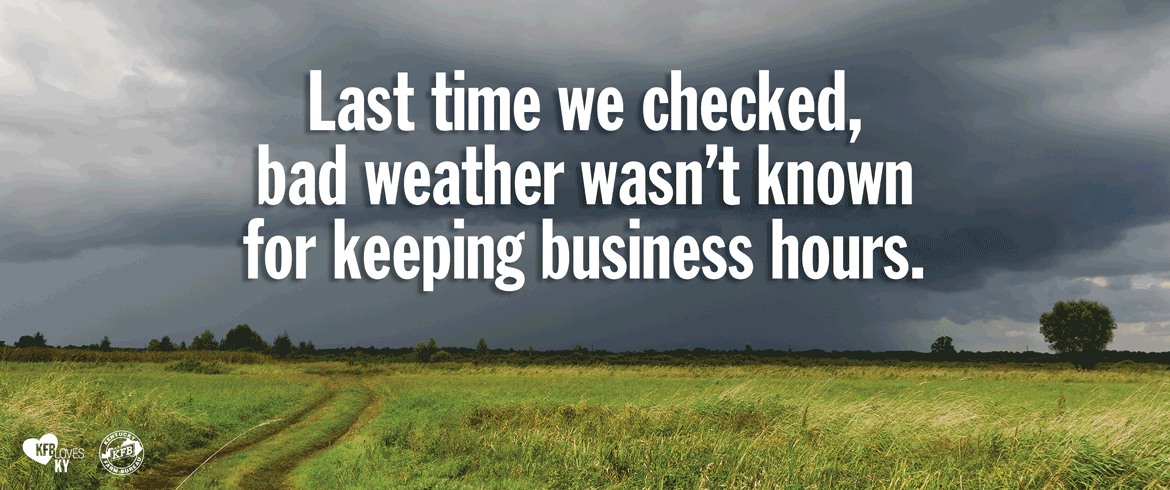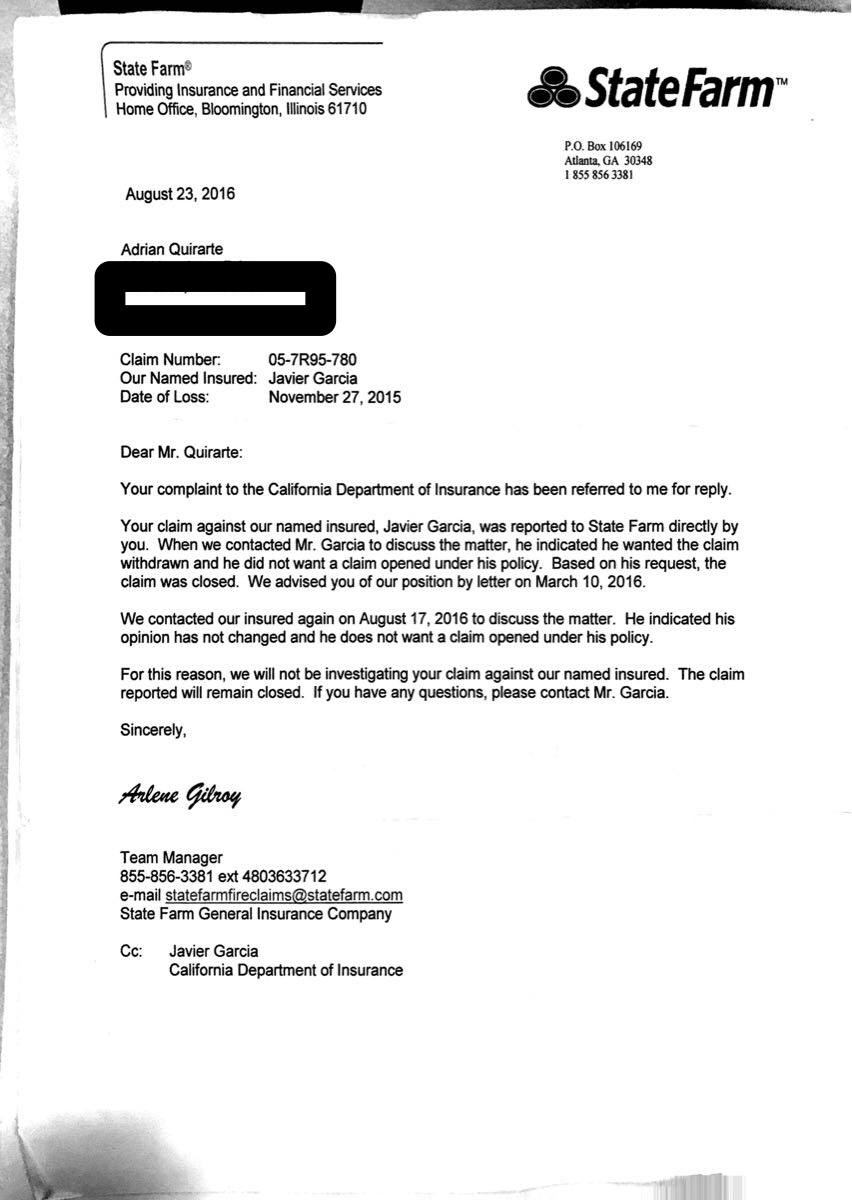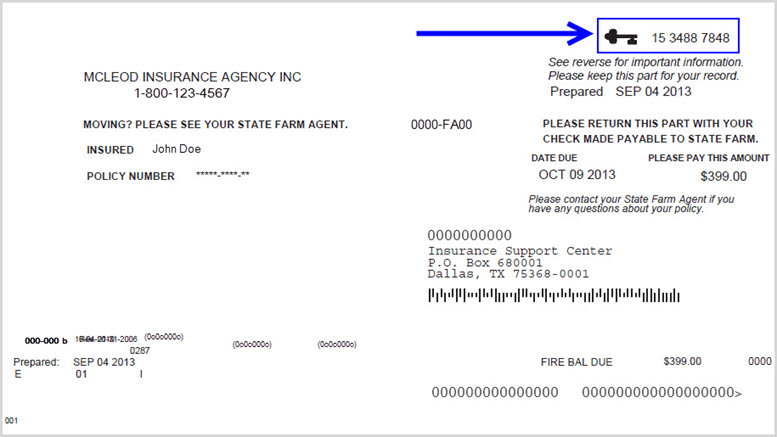Use this to reset the axes scale values so that every one the information included within the active graph layer are displayed. I am a VBA novice and simply starting to implement this approach to replace present xy scatter plots with date on x-axis . Note that the minor and main tick values could be left untouched as quickly as set to a fixed worth for now and I have commented them out. Origin rescales the axis so that the axis scale worth that you selected in step 1. Displays close to the middle of the graph axis. This narrows the vary of the From and To values within the Axis dialog box. Note that that is much like changing the axis scale utilizing the Center shortcut menu command . To change the axis scales on a plot made utilizing the ggplot2 bundle in the R Language, we are able to use the xlim() and ylim() capabilities. This operate takes a vector as an argument which contains the values of lower axis restrict and higher axis restrict. This concern just isn't limited to the security detail graph, but additionally applies to all line/bar graphs. On the Net Worth graph, how can I change the scale of the vertical Y-axis to make the graph useful? For example, when you have a glance at a month-to-month Net Worth graph for the previous 12 months the vertical axis begins at $0 and mechanically scales to above the best worth. If the monthly balances vary from say $1,000,000 to $1,a hundred,000, you principally get a straight line because the scale begins at $0. Please add an enhancement to either mechanically scale the chart based mostly on the decrease sure $ value, or add a user option to specify the lower sure. Always starting at $0 makes the charts nugatory. This also applies to another Quicken report, like Account Balances, that produce a line/bar chart. I need to routinely change the axis means in every scatter plot based mostly on the average of x-values and y-values in scatter plot. Can you help me creating macro for it so primarily based on specific cells the axes modifications and create a brand new heart level automatically or although a button. With this constant maximum value plotted in the charts, Excel's autoscaling would provide you with constant axis scales. I wrote about this in Consistent Axis Scales Across Multiple Charts.
All scales have limits that specify the values of the aesthetic over which the size is defined. It's very natural to consider these limits for numeric position scales, as they map directly to the ranges of the axes. Whenever the scale is steady, as is the case for numeric place scales, this should be a numeric vector of size two. If you only wish to set the upper or lower limit, you'll have the ability to set the other value to NA. You imply, is there an event for if you manually change the axis scales in the chart, so you presumably can put those values into the worksheet? Well, not really, but the following code in a chart occasions class module could help. See my tutorial Chart Events in Microsoft Excel for help. Do you wish to use a operate to compute axis limits? Put the calculated limits into the cells that the protocol above makes use of to set the axis scales, within the Worksheet_Calculate occasion. The extra padding is the Rescale Margin and how it impacts axis scales is covered here. You can change the graph axis display vary manually using the From and To settings on the Scale tab of Axis dialog field . To change the axis scales on a plot in base R Language, we are in a position to use the xlim() and ylim() features. The xlim() and ylim() features are convenience features that set the restrict of the x-axis and y-axis respectively. Using the T button to resolve events on the axes. Note the densely packed events are literally a half of three distinct populations near 0.
Pseudocolor graphs within the higher panel are displayed as contour plots in the lower panel, but in any other case are equivalent. Red arrows point out positions of events earlier than and after transformation. Works pretty nicely apart from 1 major factor and 1 minor thing! The primary thing is that I want the worksheet the place the data is entered to mechanically replace the chart when a unique worth is entered . The minor thing is that when the x-axis maximum is say 5, the axis goes to up 5 but the final number proven alongside the axis is 4. I've tried varied things I've seen on-line but to no avail. The only difference between the left and center plots is that the latter is zoomed in. Some of the outlier points are not shown due to the restriction of the range, but the boxplots themselves remain similar. In contrast, in the plot on the proper one of many boxplots has modified. When modifying the dimensions limits, all observations with highway mileage higher than 35 are converted to NA earlier than the stat is computed. Because these "out of bounds" values are no longer obtainable, the tip result's that the sample median is shifted downward, which is sort of by no means fascinating behaviour. In hindsight, I remorse this design selection as it is a widespread source of confusion for users. Unfortunately it will be very onerous to change this default without breaking a lot of existing code. I have the next code that works completely when the worksheet is unprotected. The sheet is about in order that when the user changes the worth in cell T3, the target min/max axis values for the chart are updated by a vlookup method. Only the vertical axis want to change. The issue is that the graphs will be updated periodically, and I want that it will remain mounted. I need to create a customized scale for the y-axis of my Charts.js chart.
Currently, the y-axis values are routinely created and scaled on my charts. I would like to change the dimensions to go by an interval of one hundred,000 on the y-axis somewhat than automatically formulate the ticks. Use the "Reset" choice to vary your axis back to its default setting. This has been a really informative publish. The state of affairs is so very near what I need, however simply not quite. Because I am making a dashboard, for cleanliness I've separated all of my data into a unique worksheet. The min, max, and tick cells are positioned on a separate worksheet entitled "hidden_target_cell". The charts on worksheet "Dashboard" are dynamically linked to a drop down record on the Dashboard tab. You'll see one of these two choices under the drop-down menu on the top-left nook.Horizontal Axis solely appears on XY scatter and bar charts. If you are utilizing one other chart type, you will see Horizontal Axis as a substitute.
You cannot scale class axis like you'll find a way to a worth axis. Are you having bother changing the dimensions of the horizontal axis in Excel? This wikiHow article will teach you how change the size of the X axis for dates, textual content, and numerical values in Microsoft Excel. Select the examine box to specify a most number of scale labels to be shown. Limiting the variety of labels can improve readability on axis scales with many values. One of the charts will routinely re-size and the axes shall be set to the identical scale. Now should you change the data, both the axes will recalculate and stay locked to the same scale. In addition, any axis breaks will mechanically be applied to both charts. Set a Soft min or gentle max choice for better management of Y-axis limits. By default, Grafana units the range for the Y-axis automatically based on the dataset. We not solely like to have the power to change the labels of scales however it could be useful to choose the tick marks as well. The breaks argument controls what values seem as the tick marks on axes and keys. This article will show you three examples. Make positive you're using a chart sort that helps horizontal scaling. Other chart varieties reserve the X axis for classes somewhat than values.
At this point, your axis scales will show the precise range you have entered. However, any action which triggers rescaling will doubtless reset From and To values. Use the "+" and "-" buttons or the Min and Max field packing containers to regulate the range of the selected scale. Note, for some scale choices you could have to use the Transforms part to adjust visualization space towards the left and/or backside of the Graph Window. Data visualization is essential to figuring out and gating totally different populations within a pattern or experiment. Have you ever seen how "cells" pile up on the left or backside axes? Perhaps you've antigen optimistic subsets which are only marginally brighter than controls? The "T" or "Transform" button supplies you with a quick and easy way to visualize these events. Simply click the "T" button on the Graph Window and change the transformation settings to get your information on display. The auto-scale for the high works completely (if a stock reached, say, $50 over the previous year, then the chart goes up to about $55). However, the minimum on the y-axis is at all times zero. I can't set a static quantity for the minimum, as it changes for every chart. Which of those axis scales have to vary in response to adjustments to the data? It sounds as if most or all of them can be set as soon as manually and left alone. If your chart has major gridlines, they are mechanically positioned on the major tick marks, which are controlled by the MajorUnit. Your greatest bet is to add them manually and neglect them, and just let the main unit you set control the gridlines. Hi Jon, I ought to have added that I am utilizing PI Datalink in those worksheet. This is a great tutorial and I hope to make nice use of those pattern codes to adapt my need. If the category axis is not a value axis or a date axis , you can't use this strategy to adjust the axis scales, because they're hard-wired to the extent of the information. Is it possible to retreive the automatically adjusted MaximumScale from one chart and use it as a set worth in another chart?
I wish to make 2 charts comparable by matching the y-axis scales. Now, I even have plenty of charts on the same worksheet, and all use the same cell reference for the min and max values of the y-axis. Is "Plant Comparison" a column chart series? Those #N/A will encourage Excel to think the axis minimal must be zero if it's a clustered column. If there are no other columns in the chart, change it to a stacked column, and Excel will cease contemplating these #N/A values as zeros. Then you may get some cheap autoscale axis limits. Yeah, it's complicated; I only discovered that little gem last night. My calculations for axis is also on the chart worksheet . And the axis is calculated utilizing max and min functions linked to information worksheet. The Draftsman doc X, Y Axis Scale object is an automatic dimensioning graphic that applies to all corners on a Board Assembly View object. The visible fashion of the axis scale and the configuration of the axis scale text information can be set in the Properties panel when a placed X, Y Axis Scale is selected. The suggestedMax and suggestedMin settings solely change the data values which might be used to scale the axis. These are useful for extending the vary of the axis while maintaining the auto fit behaviour. Title - The axis title is the descriptive text that seems next to the axis. If this isn't manually changed, @RISK will routinely choose a value based on the main points of what's being graphed. If it is modified, it could be reset to its default by choosing 'Automatic' from the drop-down menu. However, scale_y_continuous() expects a function as input for its labels parameter not the actual labels itself. Thus, utilizing percent() is not an option anymore. Fortunately, the scales bundle provides a function called percent_format() that returns the percent() function with changed defaults.
You can choose the kind of scaling used for displaying worth information. You can choose Date Range on Screen, Entire Date Range, or designate your personal worth scaling values, Fixed. See About Scaling in Price Charts for an in depth clarification of scaling and your options. You can even specify if you want to center the y-axis primarily based on the final bar's closing value. You can customize the dimensions to higher meet your wants. When the values which might be plotted in the chart cowl a very large range, you'll be able to change the axis scale to a Logarithmic scale. In other circumstances you may need a DateTime scale. If both axes in a 2D graph layer are set to Fixed, using the Scale In software opens a dialog field asking if you wish to change to Normal mode and rescale. Click Yes to quickly override the scaling restriction. We can see that the above code creates a scatterplot referred to as axs the place initially the x and y axes usually are not labeled and R chooses the tick marks.
Then within the second plot we force the tick marks to show at 2000 and 4000. Finally the third plot changes the text at these tick marks. I even have a chart which is based on information that others customers select. Depending on their roles, some users choose large values and others choose small ones, so I actually have set the maximum to auto, though the minimal should always be zero. Unlike X-axis and Z-axis, which include operating multiple, identical copies of the appliance, Y-axis axis scaling splits the application into a number of, different services. Each service is liable for a quantity of closely related features. There are a couple of different ways of decomposing the appliance into services. One strategy is to make use of verb-based decomposition and define providers that implement a single use case corresponding to checkout. The other possibility is to decompose the applying by noun and create providers responsible for all operations associated to a specific entity corresponding to customer administration. An application would possibly use a mix of verb-based and noun-based decomposition.
In the meantime, this difficult coded mapping will get me something more readable, at least for a selected vary of values. Once enabled, scale settings for all coupled traces with the identical format may be modified with any coupled trace being active. Workbook1 accommodates Charts with the code. Sheets within this workbook are linked to Workbook2. I enter an enter on Workbook2 that then modifications the information in Workbook1. The numbers change accurately, but the code does not run to regulate the axis. Only once I click F2 in a method cell and press enter does the axis change. I've managed to make use of the codes you've instructed to update charts inside the worksheet, but what if I even have a chart in a separate tab I want to replace with the identical ranges? Your code only refers to ActiveSheet and I don't know how to make it apply the cells' values to other sheets or chart tabs. I need the chart axes on worksheet "dashboard" to resize using a worksheet change occasion tied to "hidden_target_cell". Is there any approach to run the code on each worksheet by running the Full Calculate? After I run my Full Calculate to get the info to every sheet, I then need to individually calculate every sheet to get the graphs to auto scale. Several iterations of trying stuff left some cruft, such because the with assertion, since I was setting up to do several things with the script. The ActiveChart was carry over from the one chart replace. Is certainly a named reference, which is ready to get modified, nevertheless it worked in the single line and I was making an attempt to remove possiblities with the error.




















